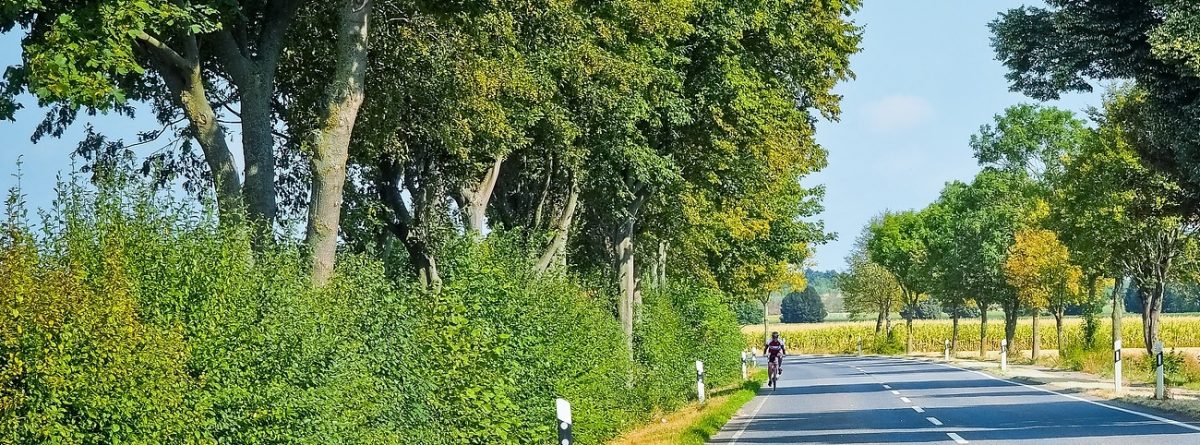Looking after your bike is an important part of staying safe as a cyclist.
Although bikes should be checked and serviced regularly by a professional, you should carry out regular checks yourself to make sure that your bike is safe to ride.
It’s important to carry out basic maintenance checks before each journey. Being familiar with the mechanisms and condition of your bike will help you in case you encounter a problem while out cycling.
The Royal Society for the Prevention of Accidents has produced a helpful checklist to help you check your bike.
Plan your journey
There are lots of online journey planning tools available for cyclists, as well as maps and books that you can buy.
Planning your journey and identifying cycling paths or quieter routes will make your journey safer and more enjoyable.
Helmets
Always wear a cycle helmet that is correctly fitted, secured and conforms to current safety standards.
Avoid buying a second hand helmet that may be damaged or have previously been involved in an accident.
Wearing a helmet when cycling won’t prevent a crash but it will protect your head if needed, significantly reducing the risk of a fatal or serious head injury.
Be bright, be seen
Wearing bright clothing, preferably something fluorescent and reflective, will help other road users to see you more easily.
It’s illegal to cycle at night without lights. Make sure you have the appropriate lights and reflectors on your bike and that they are in good working order. Test your lights before setting off on each journey.
Bike security
Keep your bike secure by:
- investing in a good lock
- security marking your bike
- registering your bike and consider insuring it
- storing your bike safely when at home, as well as when you’re out and about
Advice for parents
Cycling should be encouraged as sustainable, healthy and fun!
When cycling with children it’s best to avoid busy roads and complicated junctions. Try to plan your journeys around local cycle paths, parks, playgrounds or forests.



